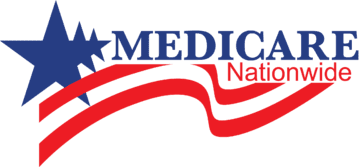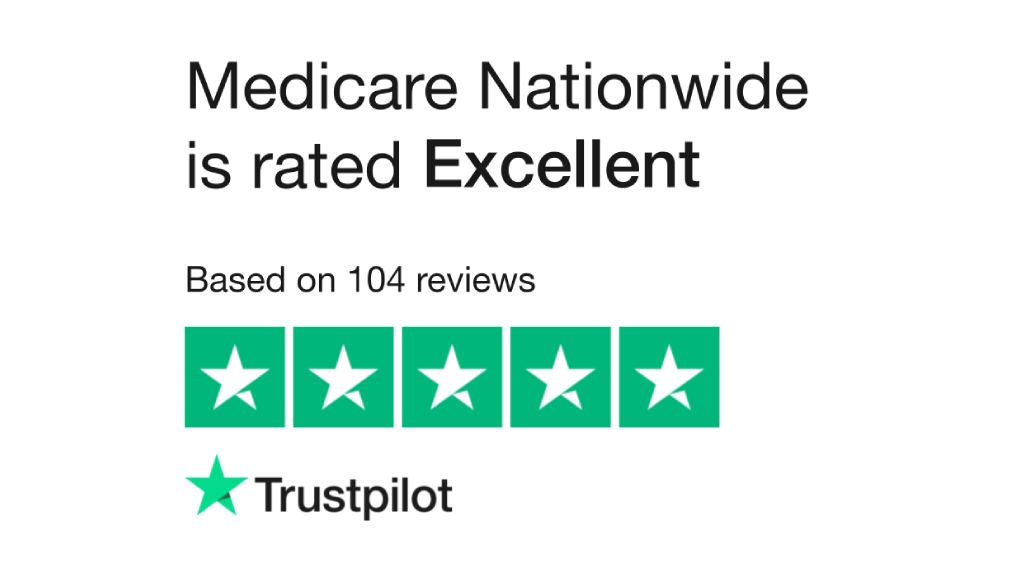Introduction to Medicare Part D
Unlike other parts of Medicare, Medicare Part D drug coverage is provided by private insurance companies. The coverages are regulated by the federal government and administered by the private sector.
The plan is optional and not required to be part of Medicare, but there could be penalties if you don’t enroll when eligible.

Who is eligible for Medicare Part D?
If you are over 65, you are entitled to a Part D plan regardless of income. Unlike most health or life coverages, no physical exams are required. You can not be denied for health reasons or the number of medicines you currently take.
What do Medicare prescription drug plans cover?
Because there are multiple plans available, prescription drug coverages can vary based on the plan you purchase.
Within the Medicare drug coverage, there are multiple stages of coverage. Here is a breakdown of the coverage:
- Stage 1: The Deductible period. During this stage, recipients will pay the full cost of their drugs until the entirety of their deductible is paid. Reimbursement will not begin until you pay this deductible out of pocket. You can find plans that do not have a deductible, and you would skip this stage and go directly to stage 2.
- Stage 2: The Initial Coverage Period. A portion of the drug cost is covered, the remaining payment of the drug will be out of pocket. You will also pay copayments and coinsurance during this period according to their plan. This stage ends after a recipient’s total drug cost limit for the year.
- Stage 3: The Coverage Gap. Once a recipient reaches their coverage limit, the Coverage Gap goes into effect. This is popularly called the “donut hole”.
- Stage 4: Catastrophic Coverage. When your out-of-pocket costs reach $8,000 or more, you enter the fourth stage. During this period, copayments and coinsurance are significantly lowered for the rest of the year.
This appointment is meant to alleviate any concerns and there is no-cost or obligation to make a change.
What drugs are covered by Medicare Part D
The Part D drug plan covers most drugs as set by Medicare. Drugs are divided into formulary and generic drugs.
Brand Name Drugs
These are medicines branded by pharmaceutical companies, also called formulary drugs. Formularies are divided into different drug categories. A drug category is a group of medicines that treat the same symptoms.
All Part D plans are federally mandated to include at least two drugs for most categories.
Some drugs, such as those that treat weight loss or weight gain are excluded from Medicare coverage.
Generic Drugs
These drugs are the same as the formulary drugs, however, they are not marketed under the pharmaceutical brand name. They follow the same guidelines as formulary drugs but at a cheaper cost.

Four Drug Tiers
Medicare prescription drug coverage begins to distinguish itself based on drug tiers. This allows plans to keep their premiums more competitive, and each company will tier drugs differently based on how they negotiate with pharmaceutical companies.
- Tier 1 is the lowest cost to you and provides generic drugs
- Tier 2 is the preferred tier with most brand-name drugs.
- Tier 3 has a higher copayment is non-preferred and brand-name prescription drugs.
- The Speciality Tier has the highest co-payment and high-cost prescription drugs.
As you compare a drug plan, you will find that co-pays will vary based on the tiers. One company may have a $19 generic copay, while another will have a $6 copay. Each tier will be different and it pays to compare copays vs the overall monthly premium.
How does the Medicare prescription drug plan work?
Each year you are able to sign up and change a drug plan during open enrollment, which is from Oct. 15 through Dec. 7.
When you turn 65, you have an initial enrollment period where you can sign up for Part D and other Medicare benefits in a 7 month window. The window begins 3 months prior to the month your turn 65 and end 3 months after.
Should You Skip Part D?
This is the most common question we get about Part D.
In a sense, Part D is optional. But if you don’t have Part D, you must have coverage elsewhere or you will receive penalties on your premiums when you do sign up. Check out our article on Part D Penalties.
Changes to Medicare prescription drug plans
The Kaiser Family Foundation recently analyzed changes. Many of the changes revolved around the increase in costs for seniors enrolled in Medicare’s Part D.
The estimated average monthly premium for drug plans is expected to increase by 9% for an average of $41 per month.
Enrollees with low-income subsidies will pay higher premiums if they stay in their current plan.
Plans will now be available that cap insulin at $35 per month.
One of the biggest changes in 2021 will be to the “donut hole”.
What is the ‘Donut Hole?’
No article on Part D is complete without discussing the “donut hole.”
The “Donut Hole” is Stage 3 in the Part D drug plan process. You enter the coverage gap after you pay $5,030 in drug costs. Most people will not enter the coverage gap because of this. In this stage, you pay a 25% coinsurance for generic and formulary drugs. You will continue in Stage 3 until you pay $8,000 out of pocket and then enter catastrophic coverage.
This appointment is meant to alleviate any concerns and there is no-cost or obligation to make a change.
Best-Rated Medicare Part D Plans
The top-rated Medicare Part D plans based on industry standards are from:
- SilverScript
- Humana
- Cigna
- Mutual of Omaha
- UnitedHealthcare
- Anthem Blue Cross and Blue Shield.
How Much Does It Cost for Medicare Part D?
Premiums can vary wildly depending on your coverage, deductible and the company you choose. There is no standardized pricing for Part D.
High-income earners may have a surcharge to their normal monthly premium payment amounts.
Checklist for Picking the Best Part D plan
1. Choose Your Deductible Wisely
You can lower the costs of your drug plan premiums by choosing the standard deductible rather than finding a plan that covers this cost.
2. Examine the Copays in the Initial Coverage Phase
It’s easy to look at the bottom line premium, but you might be paying higher copays for the drugs you use. Look at how each company charges depending on the drug tier.
3. Look at the Co-Insurance
Once you are beyond the initial coverage phase, you begin paying a percentage of the drug costs and this can vary by plan as well. Total your annual prescription drug costs to see if you will enter this phase and how it will affect your budget.
4. Payment Structure
Some plans will have no upfront premiums, but there is limited drug coverage. Typically the higher the premium, the more coverage you will have as well as lower deductibles. You can balance the premium costs by finding plans with different deductible structures.
5. Assess Your Drug Costs
Take a look today at your average drug costs. Examining what you currently pay and what drugs you take can help an agent find the plan that fits your needs the best. Each company may charge different pricing for different drugs.
6. Shop Multiple Carriers
Because Part D is run through private insurers there is a wide range of differences on pricing and coverage. Gather as many quotes as possible from multiple carriers. We can do much of this work for you because we have contracted with all of the top rated Part D carriers in the US.
Contact the experienced agents at Medicare Nationwide for help in choosing the best drug plan to fit your needs.
Prefer to chat by phone? Give us a call at 1-888-559-0103.

